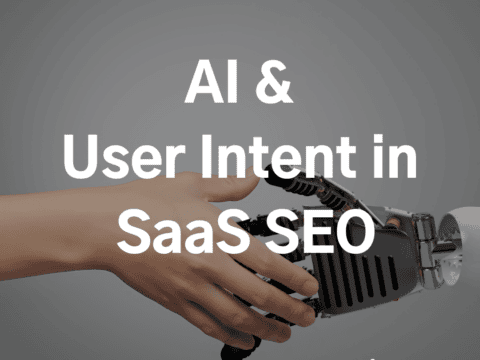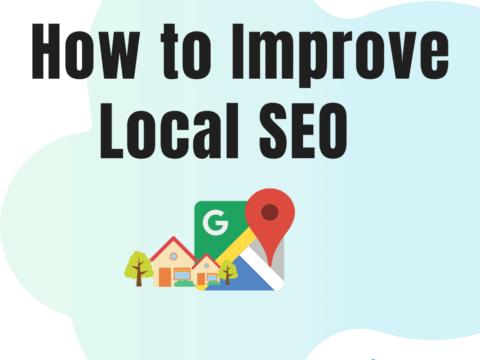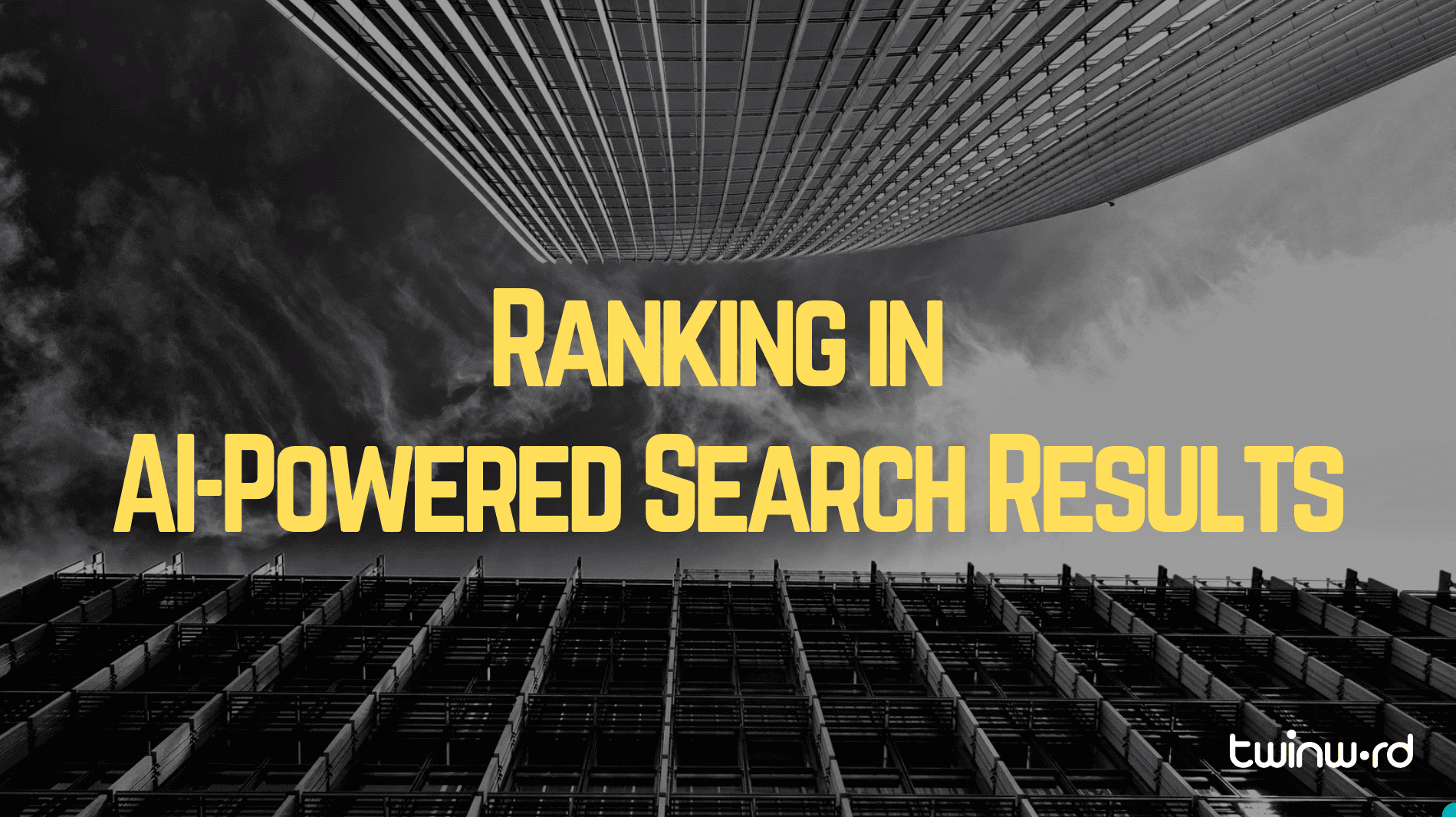
For well over a decade, the foundational principles surrounding SEO have maintained a relatively similar structure. While Google has introduced some highly disruptive algorithm changes over the years, many of the traditional approaches for creating more visibility online still remained.
However, the way people search for and locate information has now evolved considerably, and AI technology is the primary driver behind this shift. Online search tools are now becoming increasingly more sophisticated and don’t rely on the same methods when finding relevant results for users.
From a marketing standpoint, this shift presents a number of unique challenges as well as opportunities. By taking the time to better understand how AI-powered search results impact SEO initiatives, you can make sure your business is on the right side of these major changes.
The Evolution of Search Engine Algorithms
Years ago, search engines like Google all operated in a relatively straightforward way. They used simple algorithms that picked up on keywords used in search inquiries and looked at different web pages with content that matched those terms.
While this wasn’t the most accurate way to find highly relevant results, in most cases, users could find what they were looking for by scrolling through the first couple of search engine results pages (SERPs). The problem with this approach, though, was that this ranking system was easy to manipulate and led to website creators stuffing their content full of irrelevant keywords simply to get better rank positioning.
One of Google’s first solutions to address this issue was to introduce PageRank. Instead of just counting keywords on a page, algorithms also noted the amount of external links pointing back to a site. This helped to establish more credibility and weeded out many of the websites simply serving spammy content without adding any real value to the user.
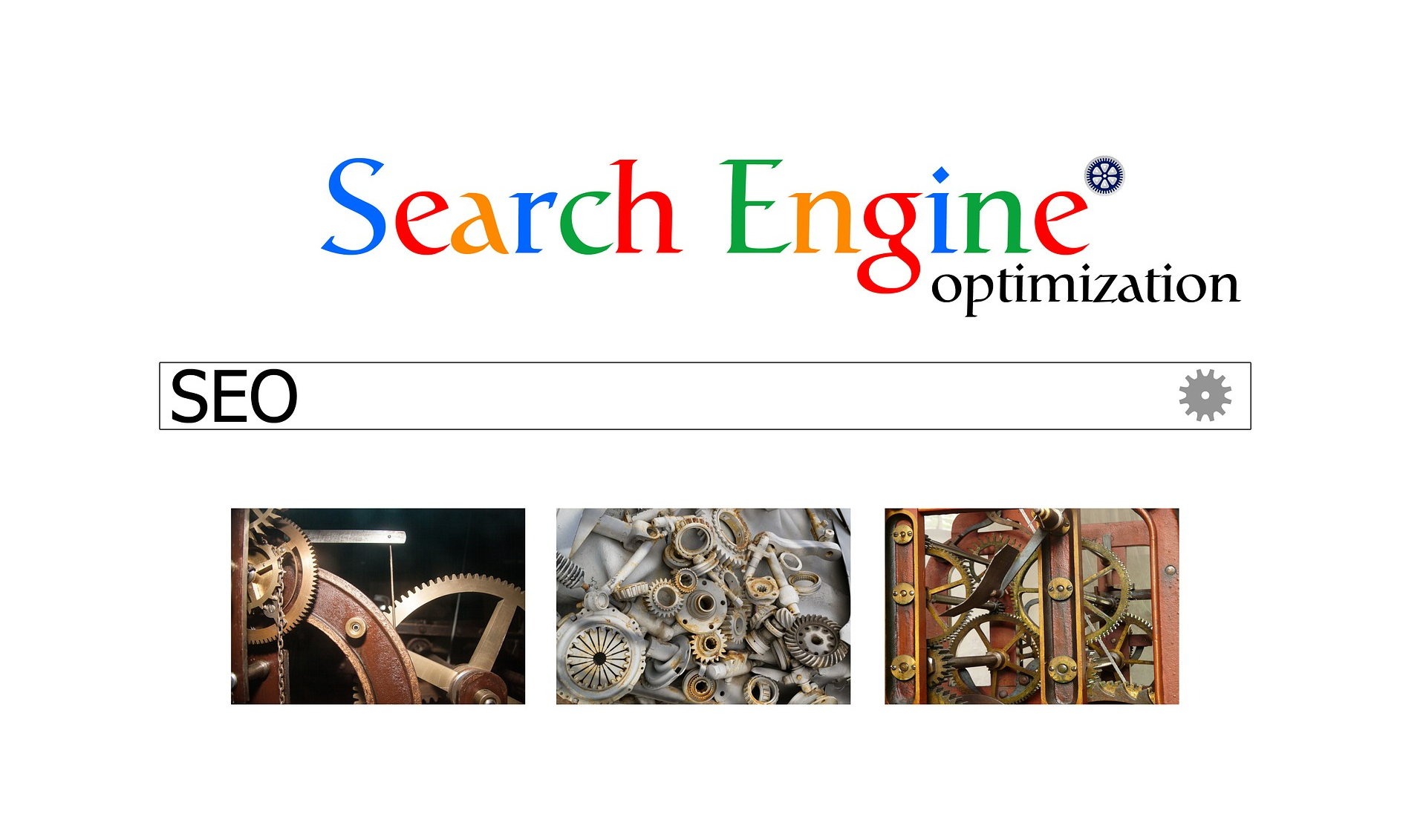
In the years to follow, Google introduced more significant changes in its ranking algorithms to create better user experiences. This included the introduction of SEO-breaking updates like “Panda” in 2011, “Penguin” in 2012, and “Hummingbird” in 2013. The goal of this initiative was to reward websites that actually provided helpful content to users and create a new trend in user experience management that continues to this day.
How The AI Revolution is Impacting Search Result Accuracy and Relevance
AI technology has now disrupted nearly every industry, and this is no different when it comes to digital marketing. With Google championing many AI developments over the years, there are now a number of ways in which it’s being used to improve both the accuracy and relevance of search results.
Below are some of the recent developments AI has helped to introduce over the years:
RankBrain
Introduced by Google in 2015, RankBrain introduced machine learning algorithms that helped to better understand the intent surrounding user searches.
The goal of this initiative was to look deeper than the questions or terms used in search queries to uncover the actual needs of users. Since all users search for things in different ways, this meant focusing not just on exact keyword matches but also the context they’re used in.
BERT
In 2018, Google introduced the AI language model known as BERT (Bidirectional Encoder Representations from Transformers). While this name is quite technical, the essential goal of its implementation was to look at different words and phrases from more than one direction.
When users add certain prepositions or conjunctions to their queries, they can significantly alter the meaning behind them. This helps algorithms minimize showing results that are related to what users are requesting, but aren’t relevant to their exact needs.
For example, contrasting the subtle differences between search terms like “best headphones for running” and “best headphones with noise cancelling,” BERT helps to fine-tune search results. This minimizes the number of clicks users need to make before finding what they need.
MUM: Multitasking for Complex Queries
Another significant development in AI-powered search was the introduction of Google’s Multitask Unified Model (MUM). While traditional search algorithms were tethered to only text-based content formats, MUM introduced more advanced AI tools that could process more complex queries while also leveraging imagery, videos, and audio.
MUM, which came after BERT, is 1,000 times more capable as a language model. It can pull in information from multiple sources and across over 75 different languages, which helps it fine-tune search results based on even more factors and variables.
Natural Language Processing
Natural Language Processing, or NLP, has and will continue to play a large role in how AI models function and improve over time. NLP is the technology that AI models use to understand and interact with human language, either when written out or when engaging with voice search applications.
Because NLP technology understands the nuances of how humans speak, it’s able to look at the way statements are structured and capture the nuances in user search intent. This is done by analyzing semantic keywords associated with various phrases and the goals being achieved.

Understanding How AI Learning Models Differ from Traditional Search Features
It’s important to remember that while AI tools are becoming much more common when helping users find the information they’re looking for, not all of these tools are designed the same. There are also key distinctions in how AI learning models come up with results as opposed to traditional search features.
For example, certain AI models like Claude or Llama rely exclusively on the massive datasets on which they were initially trained. The information they have is essentially like a published encyclopedia that they reference when finding new information. While it’s incredibly detailed, its accuracy and relevancy are purely based on the date it was created. These models don’t necessarily update with live information pulled from online sources.
Traditional search engines like Google are highly dynamic when it comes to content availability. As users begin their searches, they’re designed to find and rank the most relevant pages from a regularly refreshed index of websites.
Newer AI-powered search tools, such as Google’s AI Overviews, are now using a more hybrid approach. They leverage both advanced language models to better understand the nuances of user queries while being able to collect and synthesize current information and compare it across different data sources.

The Potential Impact of AI on SEO
AI technology is continuously being used to improve the way that search engines operate. Because of this, there are a number of potential implications it can have on how marketers approach their SEO initiatives. Below are a few areas where AI is beginning to reshape the SEO landscape:
The Shift from Keywords to User Intent
In the past, keywords were really the only way that search engines could understand what a user was looking for. But now, AI algorithms are able to capture much more accurately the actual intent behind searches. Because of this, these tools look for content that strikes all the right chords when directly answering this intent.
For content creators and SEO professionals, this means that search intent analysis is becoming much more important than traditional keyword research for finding relevant topics to write about.
Prioritizing Deeper Topic Coverage
Google’s AI Overview feature prioritizes content sourced from sites that have proven they are a real authority on specific topics. AI-driven algorithms are constantly looking for web content that shows a depth of topic coverage, not just providing quick answers to questions.
Search engines are now rewarding content that comprehensively addresses user intent, exploring main topic ideas in detail while also touching on interrelated topics.
The Importance of E-E-A-T (Experience, Expertise, Authoritativeness, and Trustworthiness)
When it comes to Google’s priority matrix for ranking new content, signals related to trust, specifically outlined in their E-E-A-T guidelines, are becoming incredibly important. E-E-A-T stands for Experience, Expertise, Authoritativeness, and Trustworthiness.
Google now relies heavily on these elements to judge whether content is credible and reliable. This is especially crucial for sensitive topics that could impact someone’s health, finances, or safety – also referred to as “Your Money or Your Life”, or YYML.
As AI technology continues to get better at locating these important factors, brands need to be able to clearly demonstrate their real-world experience and deep expertise.
The Rise of No-Click Searches and Their Implications
There has definitely been a rise in “no-click” searches in recent years, with AI becoming a big driver behind this. Since search engines can now pull direct answers and summaries right onto the results page using AI Overviews, users can often quickly find the information they need without actually clicking through to a website.
While that’s often convenient for the user, it really changes things for website traffic and how modern marketers should measure their SEO success. It’s pushing businesses to think differently about how they prioritize website optimization, while also placing more importance on measuring other forms of brand engagement like brand mentions, social media interactions, or sales conversion rates.
Personalization and Contextual Understanding
AI is providing search engines with a much deeper level of personalization when serving up search results to users. While Google has always leveraged basic signals like location and search history to provide more relevant results to users, AI algorithms can now take this level of personalization much further.
Machine learning algorithms are much better equipped to analyze more nuanced user information, helping to understand individual preferences and the surrounding context of a search query. Because of this, search results are now much more relevant to the individual. This trend makes it increasingly important for SEO strategies to focus on understanding their specific audience groups and adapting their marketing initiatives to answer their needs directly.
Certain Limitations of AI-Powered Search
As impressive as AI-powered search has become, it’s definitely not perfect. There are still some limitations to consider. Some of these include:
- Accuracy Concerns and Potential for Misinformation – AI-powered search is still a relatively new technology. There are still concerns about how accurate AI-generated answers really are, especially when centered around certain topics. Since AI is trained on massive datasets, if the data itself has biases or inaccuracies, the AI model might learn and repeat those flaws when serving results to users.
- Limited Capabilities With Highly Niche Queries – The more information (data) that’s available for AI search algorithms to reference, the more accurate the results it can provide. However, if a topic is more obscure, there might not be enough information out there for AI-driven search engines to provide relevant content summaries or shortlist helpful resources. to have learned about it effectively during training.
- Transparency Issues and Lack of Source Verification – Another challenge with AI search comes down to its lack of data transparency. Many AI tools, including Google’s AI Overview, don’t provide enough context as to why algorithms favor one piece of content over another. Also, the sources of the information provided are oftentimes omitted. This lack of transparency makes it hard to trace where the information came from and whether it’s actually something you can rely on when making a key decision.
- Lack of Traditional Search Features – One thing you might find missing or less effective in some newer AI-powered search interfaces is traditional search tools. This includes advanced operators such as using quotes for exact phrases or the “site:” command for more specific filtering options. Because the focus is often more on understanding conversational questions and providing direct answers, the overall experience can feel different. This means users may not have the same level of fine-tuned, granular control over the results that you’re used to.
New SEO Strategies for an AI-Powered World
Adapting your marketing approaches to stay in alignment with the shifts that AI technology is introducing to online search requires careful consideration. You may need to modify how you handle certain SEO activities, or introduce new ones to keep pace. Below are some impactful SEO strategies that businesses should be focused on moving forward:
1. Optimizing for Conversational Queries
Since voice search and AI assistants are becoming much more mainstream, it’s important to prioritize your SEO tasks around conversational queries. This means making content more relevant to how individuals actually talk or type when they search.
Think about the kinds of natural questions users are asking. Then, the goal is to build content that answers those questions directly and comprehensively, using language that sounds natural, not robotic. This means you’ll want to focus less on the keywords you use and more on whether or not individuals can leave your site with all the information they were hoping to get.
2. Leveraging Structured Data
Using structured data, often called schema markup, is a smart way to help search engines clearly understand the content on your pages. This is essentially the same as adding specific labels to your web pages that tell search engine crawlers what your page contains and how to showcase it to users.
Your goal should be to get featured in Google’s rich snippet results. These are becoming relevant sources of AI search tools and help them to better organize the information they pull when creating AI-generated summaries or answering questions directly for users.
3. Keeping Content-Rich Sites Crawlable
Having a website packed with valuable content is great, but it needs to be easily discoverable. It’s really important to ensure that your site not only provides helpful information, but it’s also easy for crawlers and AI tools to collect information.
Even though AI can digest huge amounts of information, a clean site architecture allows for much more efficient discovery and indexing of all your important pages. This is still a fundamental aspect of SEO and won’t be going anywhere soon.
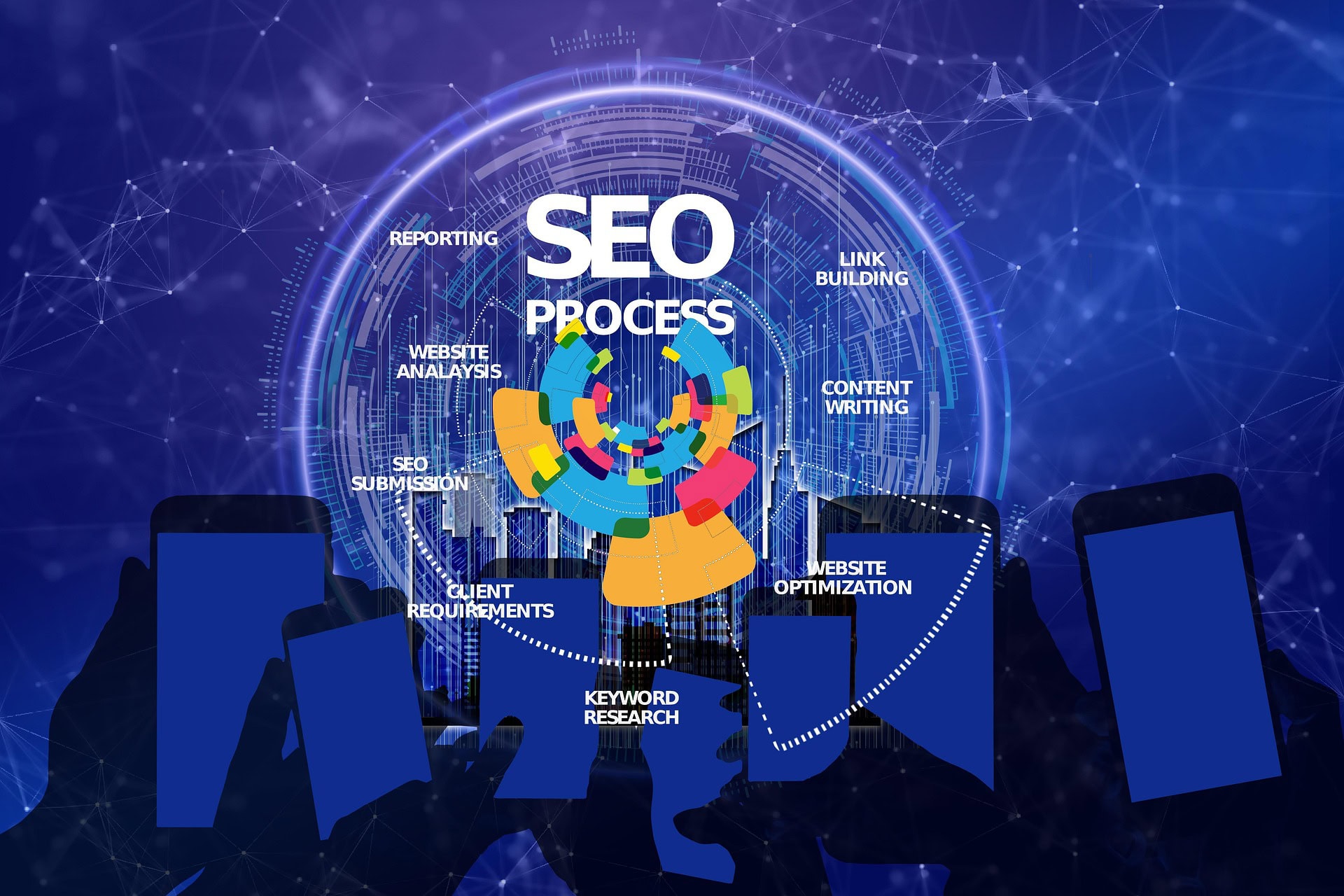
4. Embracing Visual Search Optimization
Visual search is continuing to become an influential feature of AI-powered search tools. It allows users to leverage imagery or videos to find the information they need. From a marketing standpoint, this means optimizing your images and videos is becoming just as important as optimizing the content that surrounds them.
Marketing teams should pay close attention to things like using relevant keywords, writing descriptive alt text, and using structured data to help provide additional context around the different media formats they use. As AI gets better and better at collecting and understanding visual content, taking steps to help the visual elements of your site become more discoverable opens up another valuable method for bringing in additional web traffic.
5. Building Thought Leadership and Topical Authority
Building authority in your niche really boils down to creating memorable content that does more than provide surface-level information on a topic. When you do this, you signal to AI search engines that you’re not just an authority on one element of a topic, but have in-depth experiences on all surrounding and related concepts.
While topic authority can be established, focusing your efforts on creating content clusters can help. This involves creating a primary pillar page that covers a broad topic and then branching this content out to other in-depth articles or case studies that cover other subtopics. As AI algorithms scan your pages, they’ll see that your knowledge isn’t just limited to one area and will more likely reference your content in search results.
Start Futureproofing Your SEO Efforts
As technology continues to evolve, SEO and AI-powered search are likely to be interconnected moving forward. While the primary goal of any marketing professional should be focused on providing high-quality content and user experiences, it’s important to regularly track the impact that disruptive technologies can have on your business’s online visibility.
By recognizing the different ways AI is impacting search engine results and adapting your marketing priorities accordingly, you’ll ensure you get the best possible long-term results from your efforts.

